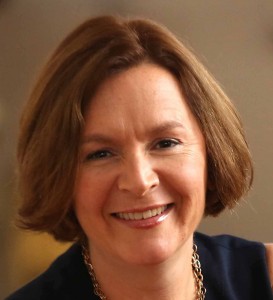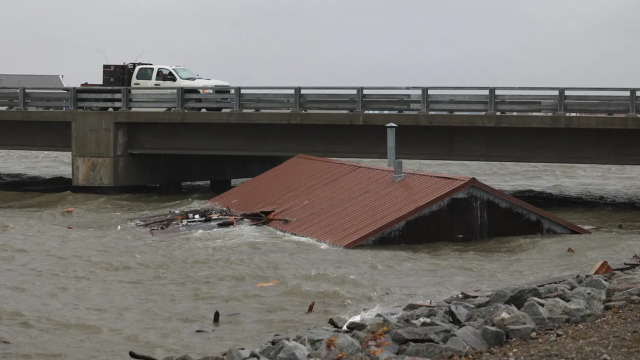Regine Webster, The Center for Disaster Philanthropy
 News from Nepal about the devastating April 25th earthquake has been chilling: story after story report rapidly changing death tolls, contain scary accounts of power outages and are filled images of indiscernible structures covered in dust. The city of Kathmandu and its surroundings are changed forever.
News from Nepal about the devastating April 25th earthquake has been chilling: story after story report rapidly changing death tolls, contain scary accounts of power outages and are filled images of indiscernible structures covered in dust. The city of Kathmandu and its surroundings are changed forever.
On the United Nation’s Human Development Index, which measures a country’s development status, Nepal is ranked “low” — 145th out of 187 countries and territories — a figure that reflects the country’s low life expectancy, low mean years of schooling, and relatively low amount of Gross National Income and associated Purchasing Power Parity. International aid, from both bi- and multilateral agencies has supported development efforts to improve these three indicators for decades. The quake that occurred at midday on Saturday in Kathmandu, literally and figuratively shook the ground of these development efforts.
How can anyone reading, hearing about or seeing the news about this disaster not want to respond immediately? Even here at the Center for Disaster Philanthropy, our team feels a sense of urgency to do something. But our mission is to opt for and encourage medium- and long-term needs over the understandable visceral, emotion-driven response. So what can you do if you want to make a donation that will have a long-term impact?
What's Needed
Based on our contacts with first responder organizations, we know that many immediate needs are already being addressed, including search and rescue, clean water, temporary shelter, medical care, communications equipment and electricity. While we do not know the exact details of this disaster, we know from previous disasters (earthquakes in particular) that over the course of the coming weeks and months those immediate needs will undergo a metamorphosis into:
- Adequate supplies of safe water, sanitation, and hygiene resources
- Mental and physical health services
- Rebuilding the educational infrastructure and so children can return to school
- Access to permanent shelter
- Ways to earn income – including returning to work and the rebuilding of affected businesses
- Long-term infrastructure rebuilding in the form of roads, power grids, sewage lines
Knowing that, here’s advice for those who want to make a difference:
- Before considering a funding option, wait two weeks. Maybe even four. Use that time for the magnitude of the disaster to truly unfold. It won’t be long before a fuller picture emerges of lives lost, infrastructure damaged, individuals affected, and unmet immediate response needs.
- Take that time understand how the needs associated with this disaster are unfolding by reading media accounts of the disaster, responding agency reports, U.N. and USAID updates about the devastation, and the CDP website.
- After two weeks, the media’s attention will sadly have turned away from one of the poorest nations in Asia. Simultaneously, the local and international nongovernmental organization community efforts will be in full swing to support the needs of affected Nepalese. Now is the time for a funder to wisely choose to support medium- and long-term recovery efforts. Either by working with CDP or closely with an NGO, look to support activities that will rebuild Kathmandu and put its residents back in their homes, jobs, schools, and communities.
While the world right now is rightly focused on immediate relief, you can begin thinking of how you want to help the longer term recovery. To help, we’ve created the CDP Nepal Quake Recovery Fund.
The Center for Disaster Philanthropy is available every day, 365 days a year to answer your questions about the earthquake. We can help you think through how to allocate your dollars, to whom, and for what. Please do not hesitate to give us a call.
Regine A. Webster is vice-president of the Center for Disaster Philanthropy. She can be reached at regine.webster@disasterphilanthropy.org.
The Center for Disaster Philanthropy is available every day, 365 days a year to answer your questions about the earthquake. We can help you think through how to allocate your dollars, to whom, and for what. Please do not hesitate to give us a call.
Regine A. Webster is vice-president of the Center for Disaster Philanthropy. She can be reached at regine.webster@disasterphilanthropy.org.
- See more at: http://disasterphilanthropy.org/disaster-coverage/earthquakes/nepal-watc...More Information
Join The Center for Disaster Philanthropy, The Funders' Network for Smart Growth and Livable Communities, and Philanthropy Northwest on May 5 for a webinar exploring How Funders Can Respond to the Nepal Earthquake and Bring Information and Experience to Disaster Philanthropy. The one-hour webinar, for grantmakers, donor-advised fund holders and Philanthropy Northwest members, will explore the current state of response in Nepal along with the trends and funding practices associated with domestic and international disasters.
Visit The Center for Disaster Philanthropy for the original version of this blog post.


